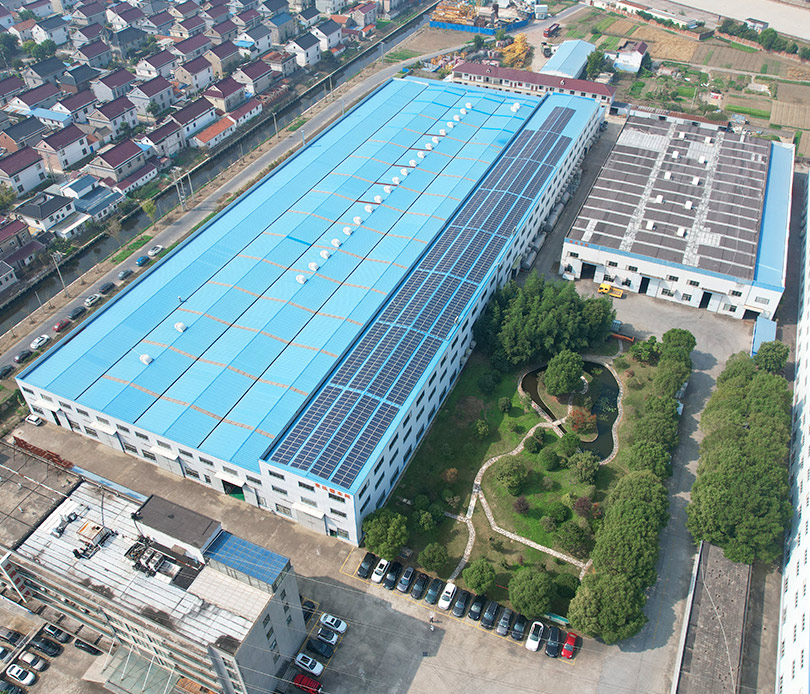1. What is the structure of the transformer oil tank?
The transformer tank is one of the core components of the transformer in the power system. Its design and structure are carefully considered to provide good protection and the environment required to maintain the internal components. Its structure is usually made of steel plate or aluminum, which provides a high degree of durability and stability. Its external shape and size are often limited by the overall size and capacity of the transformer.
The tank is designed with a number of key factors in mind. The first is its sealing performance, which is the key to ensuring that the insulating oil inside the transformer is not contaminated by the outside world. Therefore, fuel tanks usually adopt a sealed structure and ensure that all joints and welds are carefully sealed to prevent the entry of moisture, dust or other external substances. This tightness is key to protecting the internal insulation system from the outside environment.
In addition to sealing properties, the tank's materials have been selected to ensure resistance to corrosion and pressure. This helps protect the tank from corrosion or deformation during long-term use, thereby maintaining its structural integrity. Tanks may have special coatings or materials to enhance their resistance to corrosion.
The tank design also takes into account the heat generation inside the transformer. In order to ensure the stable working temperature of the insulating oil, the oil tank usually has a heat dissipation function. This may include special heat sinks or designs to help dissipate heat from the tank and maintain the proper temperature to maintain proper operating condition of the transformer.
Another important aspect is the monitoring and control system inside the tank. These systems may include temperature and pressure sensors, oil level indicators, and oil quality monitoring equipment, which are used to monitor the condition and performance of the oil inside the transformer to ensure it is operating under expected conditions.
The design and structure of the transformer tank take into account safety, durability, corrosion resistance and protection of the internal insulating oil and transformer components. These characteristics ensure that the transformer tank can operate stably and reliably under different operating conditions, thereby ensuring the long-term stability and reliability of the power system.
Transformer tanks play multiple important roles in power systems. They not only provide storage space for insulating oil, but are also a key component in transformer protection and performance maintenance.
The oil tank serves as the container and environment for the insulating oil, ensuring the stability and safety of the insulating oil. Insulating oil is vital to the normal operation of transformers. It is used to insulate and cool windings to ensure efficient and stable voltage transmission and conversion. The oil tank provides a safe container to ensure that the insulating oil is not affected by external contamination, moisture or oxidation, thereby ensuring the stability of the transformer's internal insulation system.
The oil tank helps control the temperature of the insulating oil. Since the transformer generates heat during operation, the design of the oil tank is conducive to heat dissipation and ensures that the insulating oil is always maintained within the appropriate operating temperature range. This helps prevent the insulating oil from overheating, which can affect the transformer's performance and insulating capabilities.
The tank also provides physical protection of the internal components. It acts as a closed enclosure that protects the windings, chips and other critical components inside the transformer from external environmental factors such as moisture, dust, chemicals, etc. This helps extend the life of the transformer and reduces the need for maintenance and repairs.
The oil tank is also the basis for maintenance and monitoring of the transformer. Through the accessories and monitoring systems of the oil tank, such as oil level indicators, temperature and pressure sensors, the quality and quantity of the insulating oil can be monitored and controlled, and any potential problems or abnormalities can be detected in time. This monitoring helps prevent potential failures and take necessary maintenance measures to ensure the normal operation of the transformer.
Maintenance of transformer oil tanks is an important part of ensuring long-term and efficient operation of the power system. Maintenance work covers many aspects, including regular inspection and monitoring of the quality of the insulating oil. These inspections usually include testing of the oil's chemical properties, electrical properties and contaminant content to ensure that the quality of the insulating oil meets standards and is maintained in good condition.
In addition to checking the insulating oil, it is also crucial to check the tank itself. This includes checking the tank's seal, the working condition of accessories, and any corrosion or damage to surfaces. Regular cleaning and maintenance of the oil tank ensures its long-term effective operation and protects the safety of the transformer's internal components.
Performance management also involves the use of monitoring systems to track the health of tanks and transformers. Through these monitoring systems, any potential problems can be discovered and solved in time to ensure the reliability and safety of the system.
These maintenance procedures and performance management practices help ensure that the transformer tank remains in optimal condition throughout its design life, thereby safeguarding power system reliability and continuity.
